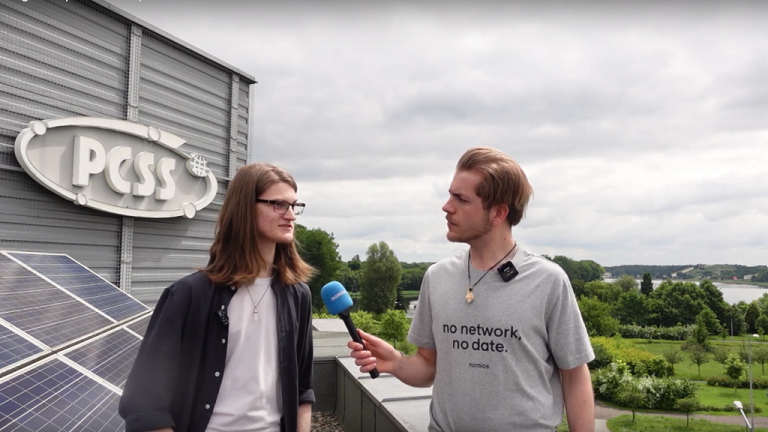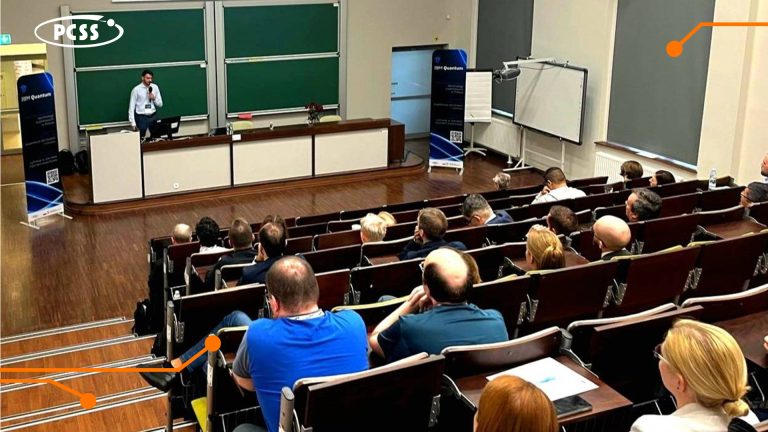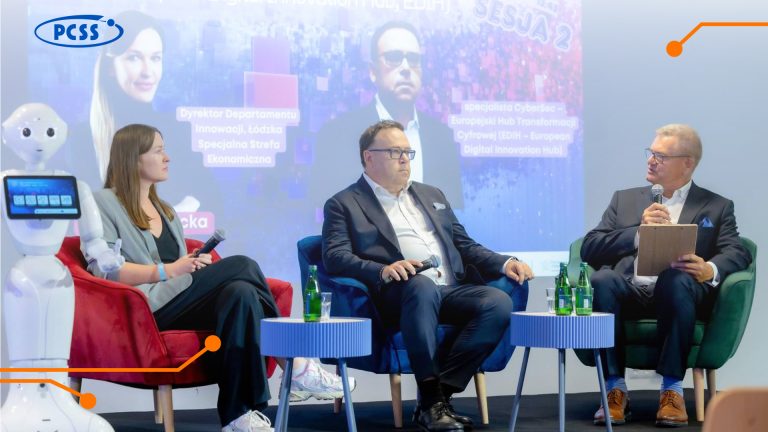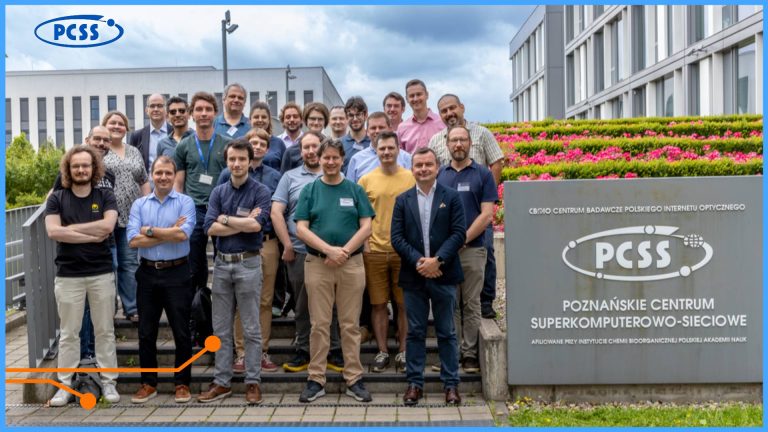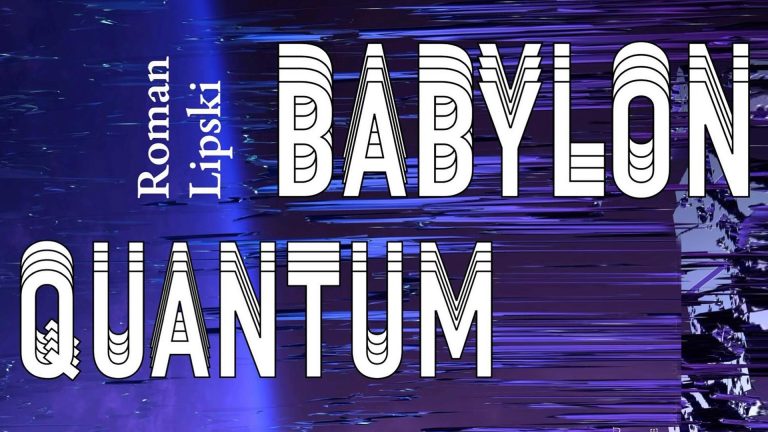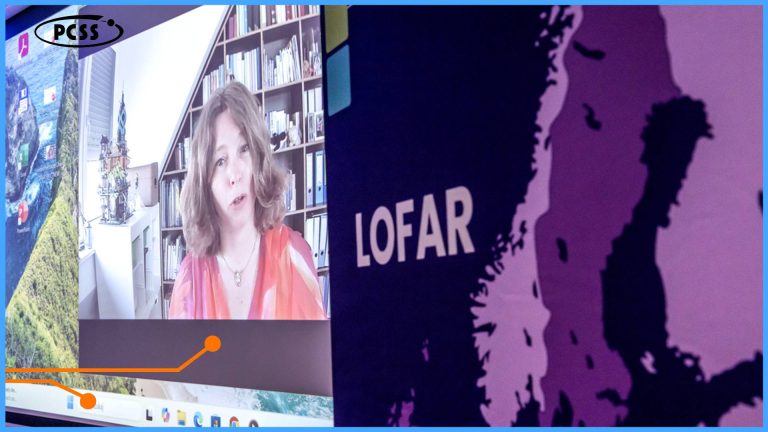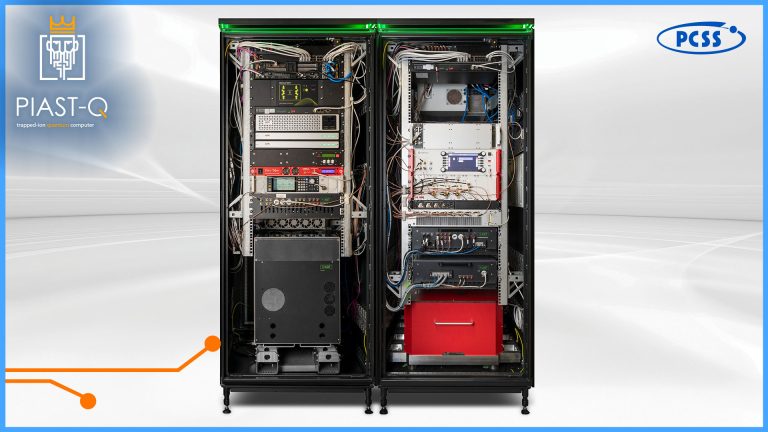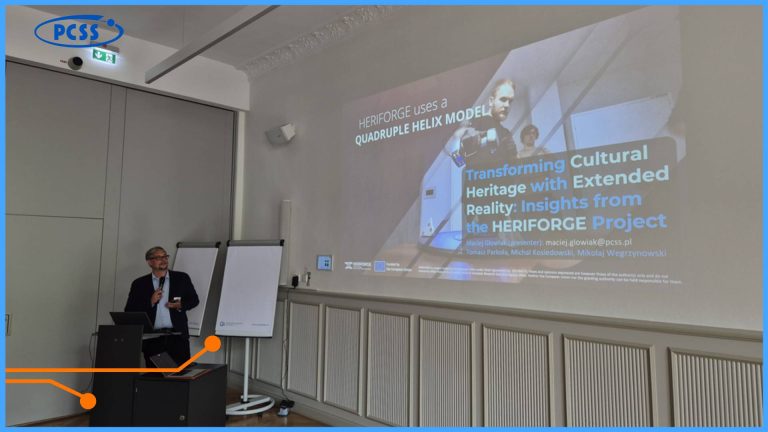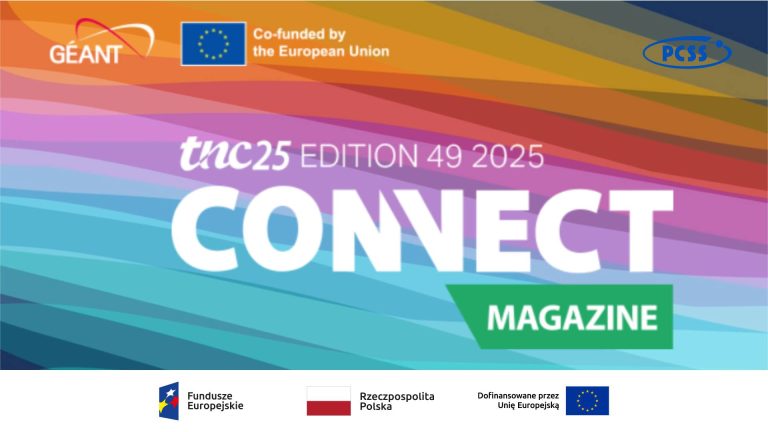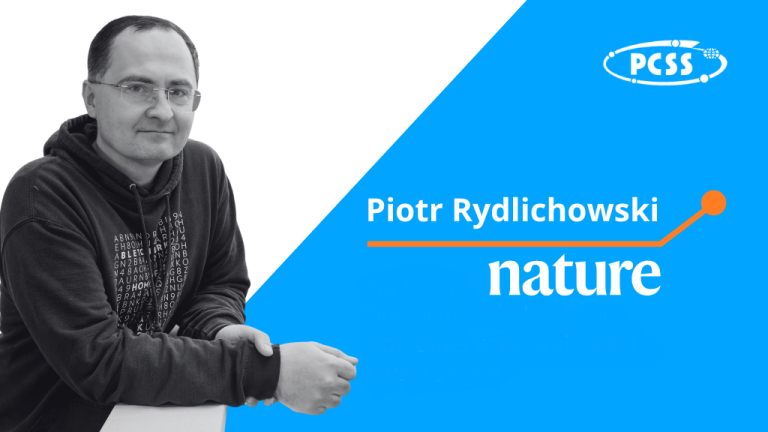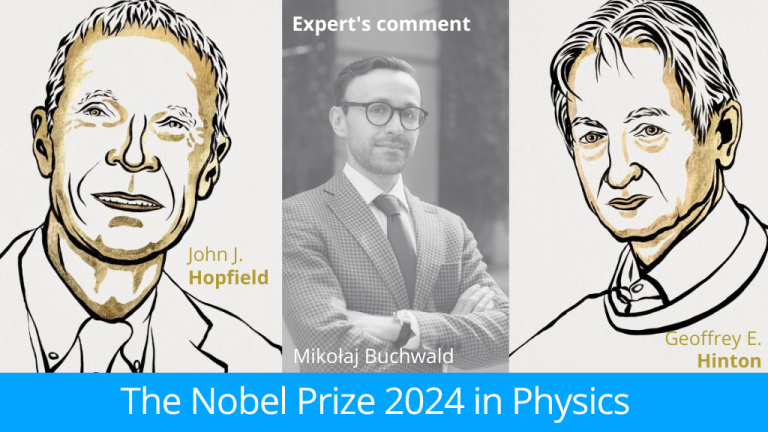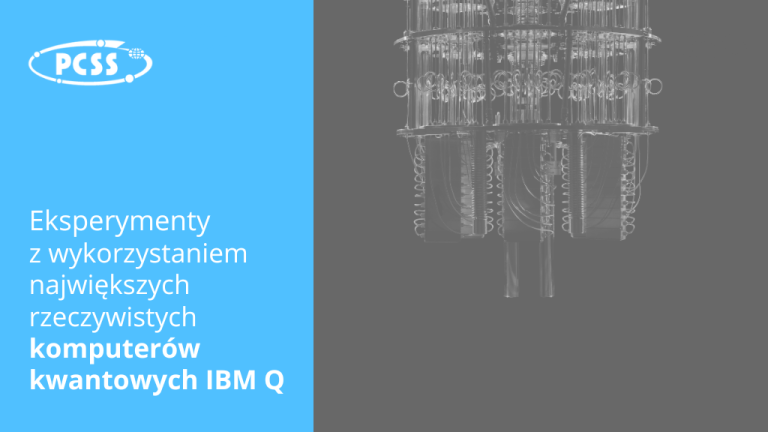On 25 June 2025, PCSS hosted a special meeting of POLFAR, combined with the opening of the LOFAR ERIC European Research Infrastructure Consortium’s operations in Poland. Among the guests were representatives from the Ministry of Science and Higher Education, the Space Research Centre of the Polish Academy of Sciences, the SOLARIS National Synchrotron Radiation Centre, ESO, CTAO ERIC, and, of course, members of the POLFAR consortium, including PCSS.
LOFAR (Low-Frequency Array for radio astronomy) is a European multi-antenna radio telescope that utilizes the phenomenon of radio wave interference to study the universe at very low frequencies. LOFAR’s 52 antennas are distributed across various European countries, including Germany, Poland, France, the United Kingdom, Sweden, and the Netherlands – which is the heart of the project hosting 38 of those antennas. All these stations are connected by a high-speed computer network, and the collected data is processed by supercomputers.
POLFAR, on the other hand, is a Polish scientific consortium whose main goal is to coordinate and develop Poland’s participation in the LOFAR project.
Currently, three LOFAR stations operate in Poland as a part of the POLFAR network, located in Łazy near Krakow, Bałdy near Olsztyn, and Borówiec near Poznań. Thanks to the POLFAR consortium, Poland contributes to innovative space research, enabling observations of interstellar space that were impossible not so long ago.
The coordination of the LOFAR project and all data operations from this system are carried out at the University of Groningen (Netherlands). Therefore, the meeting at PCSS could not proceed without speeches from guests from the Netherlands, including the Chair of the LOFAR ERIC Council – Jacqueline Mout, who joined remotely and thanked all partners, emphasizing that the project was the result of years of dialogue and cooperation, and the establishment of LOFAR ERIC is a manifestation of the strength of European science, with Poland playing a key role in this journey.
Dr. Michiel van Haarlem, Executive Director of LOFAR ERIC, elaborated on the details of the LOFAR system’s operation and its development plans. He highlighted the fundamental pillars enabling this infrastructure: a distributed network of antenna stations, concentrated in the Netherlands and extended over 2000 km into Europe, asw well as a decentralized system of data archiving and analysis centers. This system includes three nodes: Amsterdam (Netherlands), Jülich (Germany), and PCSS (Poland) – those locations are crucial for long-term data storage, emphasized van Haarlem.
New antennas will soon open in Italy and Bulgaria, and the existing installations will be modernized and expanded under the LOFAR 2.0 program. The antennas will not only be used to monitor signals from distant corners of space (including pulsar activity, solar flares, and various types of radiation) – they will also help in studying meteorological phenomena (such as lightning discharges) on Earth.
During the meeting at PCSS, Professor Andrzej Krankowski, Head of the Center for Radio Diagnostics of the Space Environment (CDRŚK) and a member of the LOFAR ERIC Council, summarized 10 years of the POLFAR consortium’s activity, which he chairs:
– LOFAR observations generate vast amounts of data, the mere recording and correlation of which require advanced equipment and IT methods. Thanks to the cooperation with the Poznań Supercomputing and Networking Center, the data is perfectly stored and archived.
The Poznań event was also summarized by its host, Robert Pękal, the Director of PCSS:
– The establishment of LOFAR ERIC is a further consolidation of radio astronomical research in Europe and Poland. LOFAR ERIC enters the European research space as a leading infrastructure utilizing the most modern achievements of astronomical science and technology.
At the end of the POLFAR meeting, members of the consortium unanimously passed the following resolution:
In recognition of her contribution to the establishment of the Consortium, the construction of three Polish stations, and above all, the integration of the Polish radio astronomical community around the creation and use of the European Low Frequency Array (LOFAR) radio interferometer in the country, at the request of all POLFAR members, we name the Consortium after Professor Katarzyna Anna Otmianowska-Mazur.
Professor Katarzyna Otmianowska-Mazur was a member of the International Astronomical Union, the International Union of Radio Science (Chairperson of the Polish Commission for Radio Astronomy), and the Polish Astronomical Society. She passed away in July 2020.
The meeting concluded with a presentation of our Center’s laboratories. Guests had the opportunity to see live two flagship PCSS projects – PIAST-Q and PIAST-AI, which had been inaugurated just two days earlier.


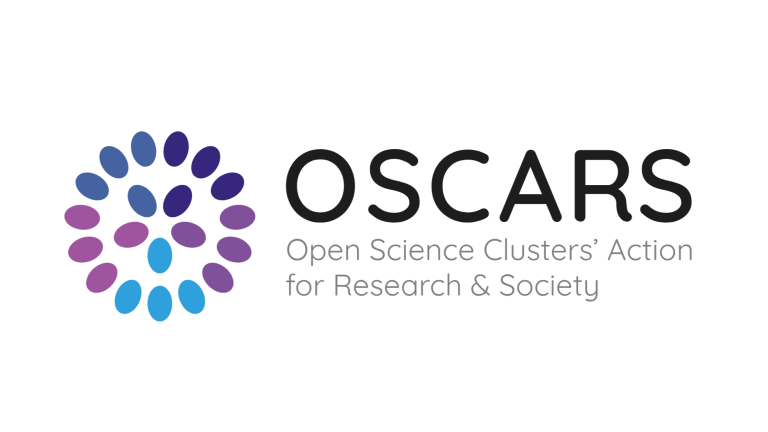
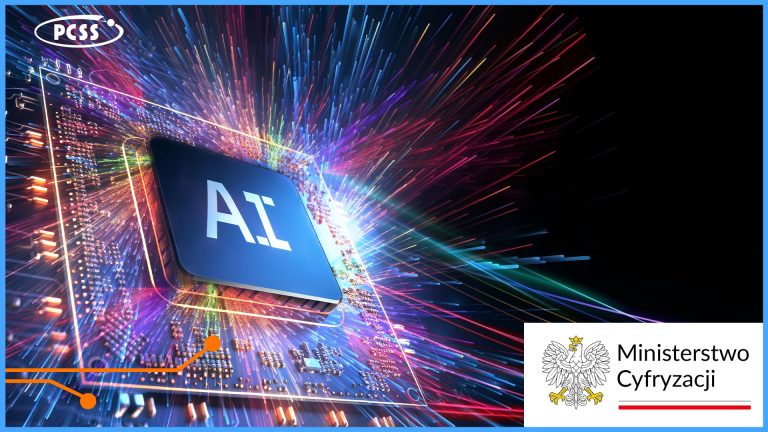

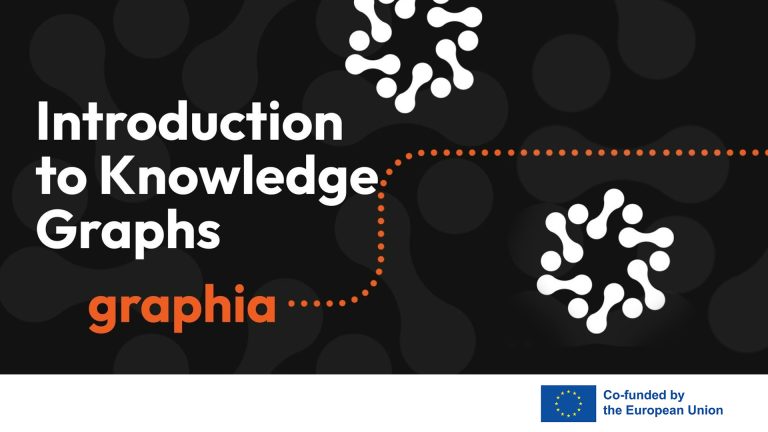
![The image displays the word "LUMEN" in a stylized, outlined font, with different letters connected by lines and arrows to various academic disciplines. The letters "L" and "U" on the left are linked to "Mathematics [Maths]" and "Social Sciences and Humanities [SSH]," while the letters "M," "E," and "N" on the right are associated with "Earth System Science [ESS]" and "Molecular Dynamics [MD]." The overall design suggests an interconnectedness of these fields, potentially illustrating the interdisciplinary nature of something represented by "LUMEN".](https://www.psnc.pl/files/2025/05/lumen2_EN-768x432.jpg)

